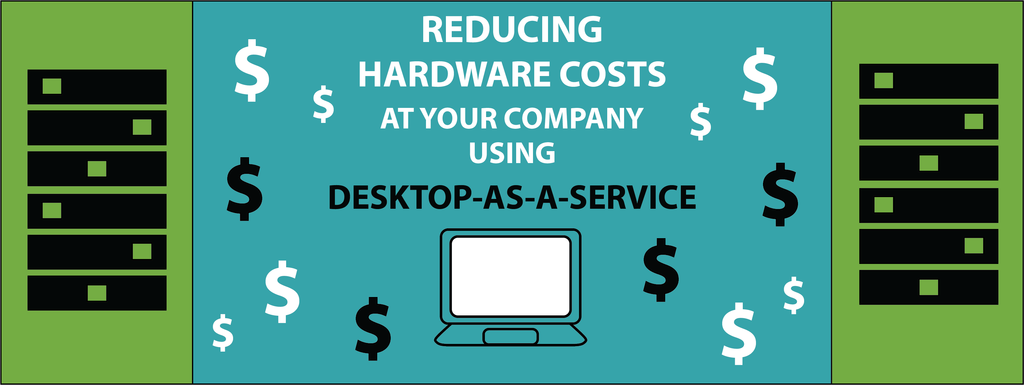In a virtual desktop infrastructure, data automatically gets stored in the cloud and/or on the servers that run the virtual desktops. There are, however, still avenues for more traditional on-site or portable storage methods to serve a purpose in data storage. Here are a few of those avenues:
Primary Data Storage
The virtual desktop infrastructure is accessible from any machine, often including employees’ personal devices, as well as company computers. And while each virtual desktop is allocated a certain amount of drive space for its own data storage, these machines will have their own RAM and ROM, allowing them to store data independent of or tangential to the virtual desktop, if needed.
Secondary Data Storage
Typically secondary data storage takes the form of additional hard drives and external storage devices. Ideally, the servers running a virtual data infrastructure will be built with sufficient space to store all applicable data, but it is not impossible to imagine that additional storage or server space might be needed, and that need might be met through large-scale secondary data storage methods.
Removable Data Storage
This method is the most likely to be used in association with cloud computing and virtual desktops, because its main form is the USB flash drive. Employees working in a virtual desktop frequently save important documents and store important data on flash drives to ensure they are backed up in multiple places, to access redundant copies in case of breakdowns, or to take advantage of increased portability.
So, while virtual data storage works well as part of a virtual desktop infrastructure, there are still places where traditional data storage can be useful.







